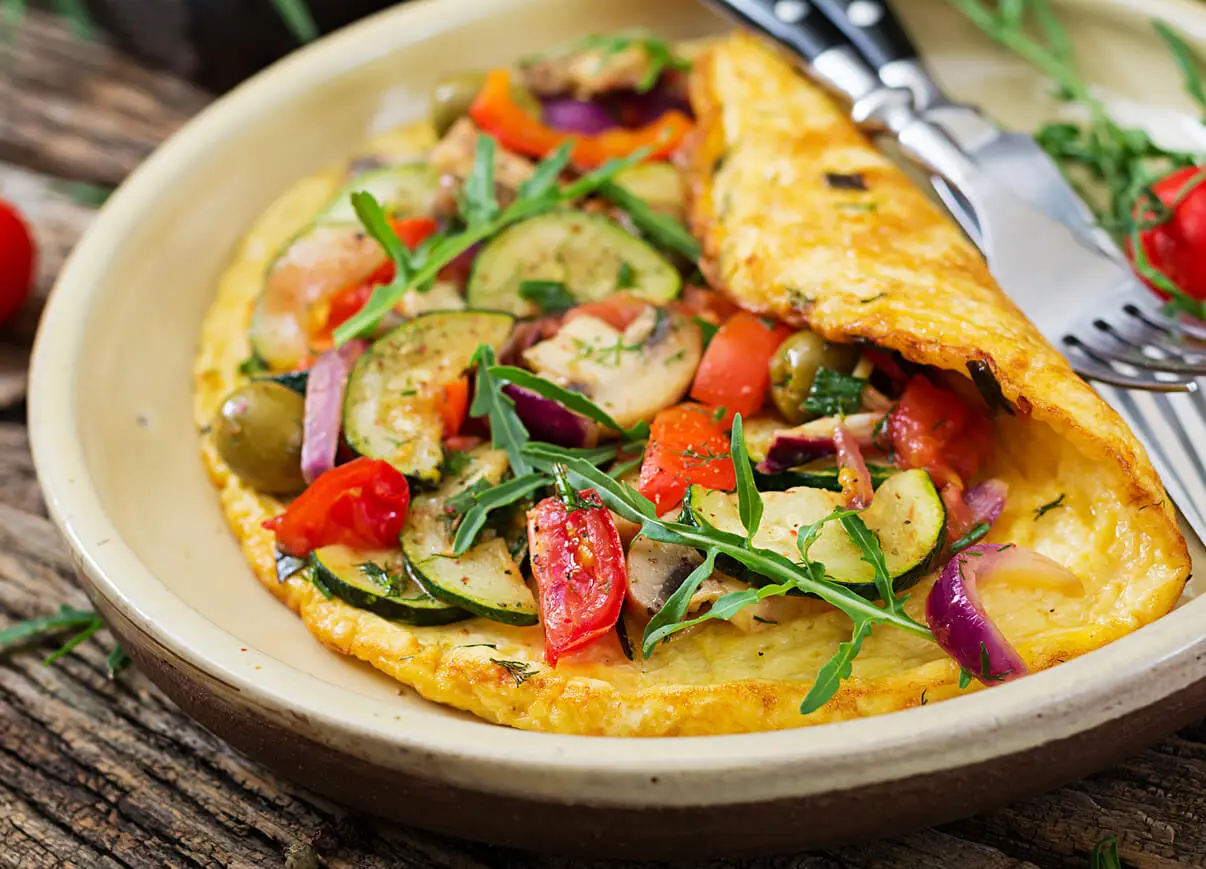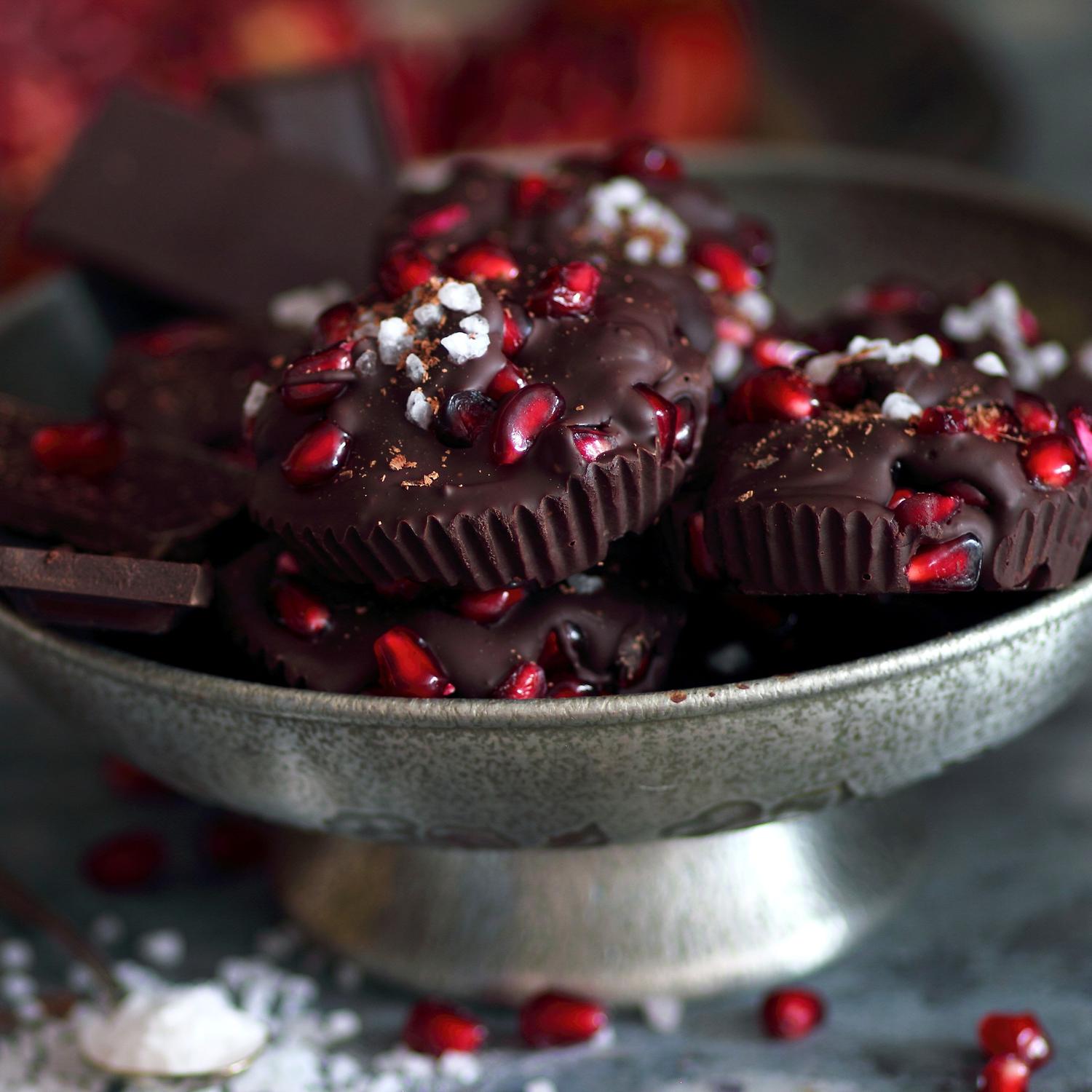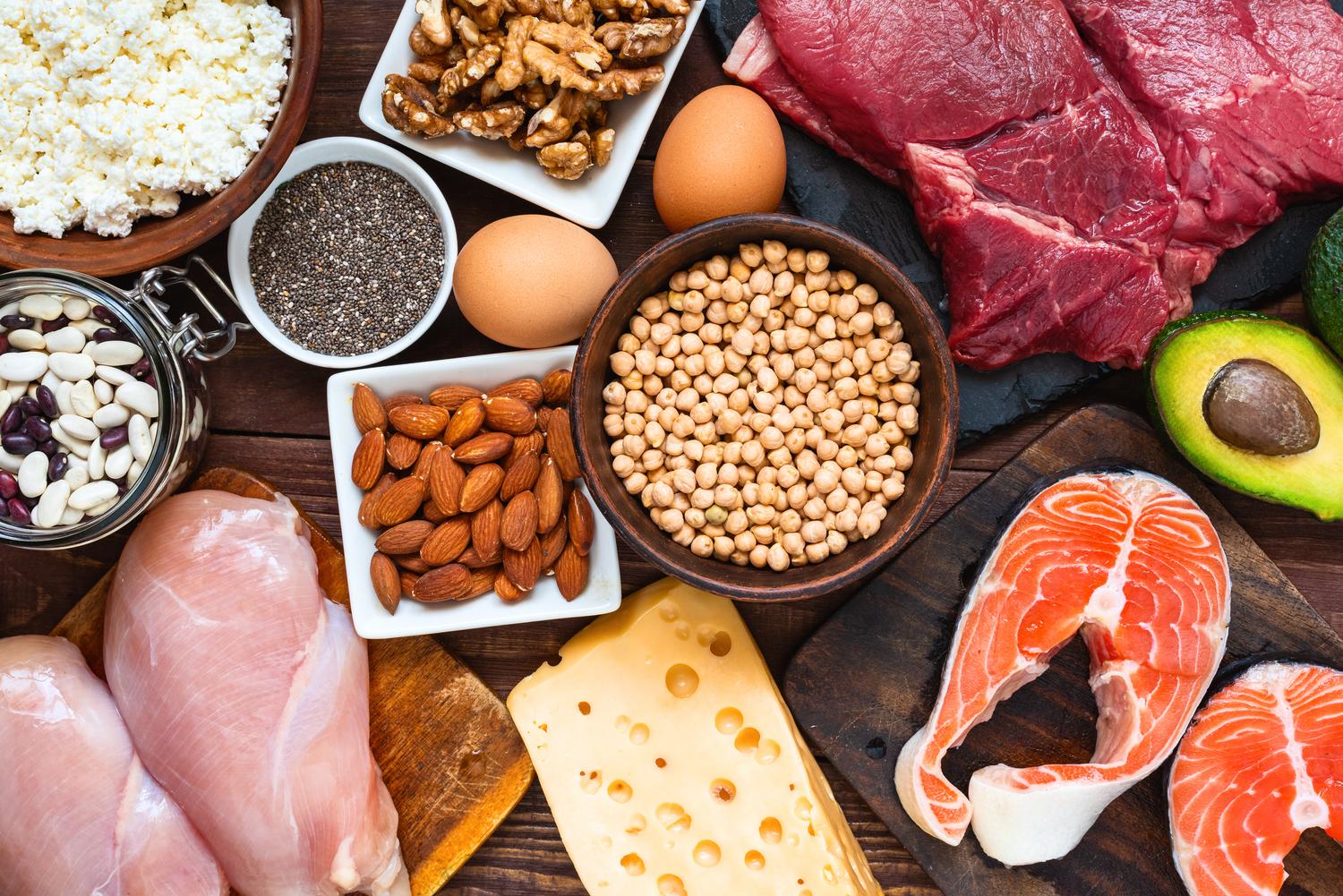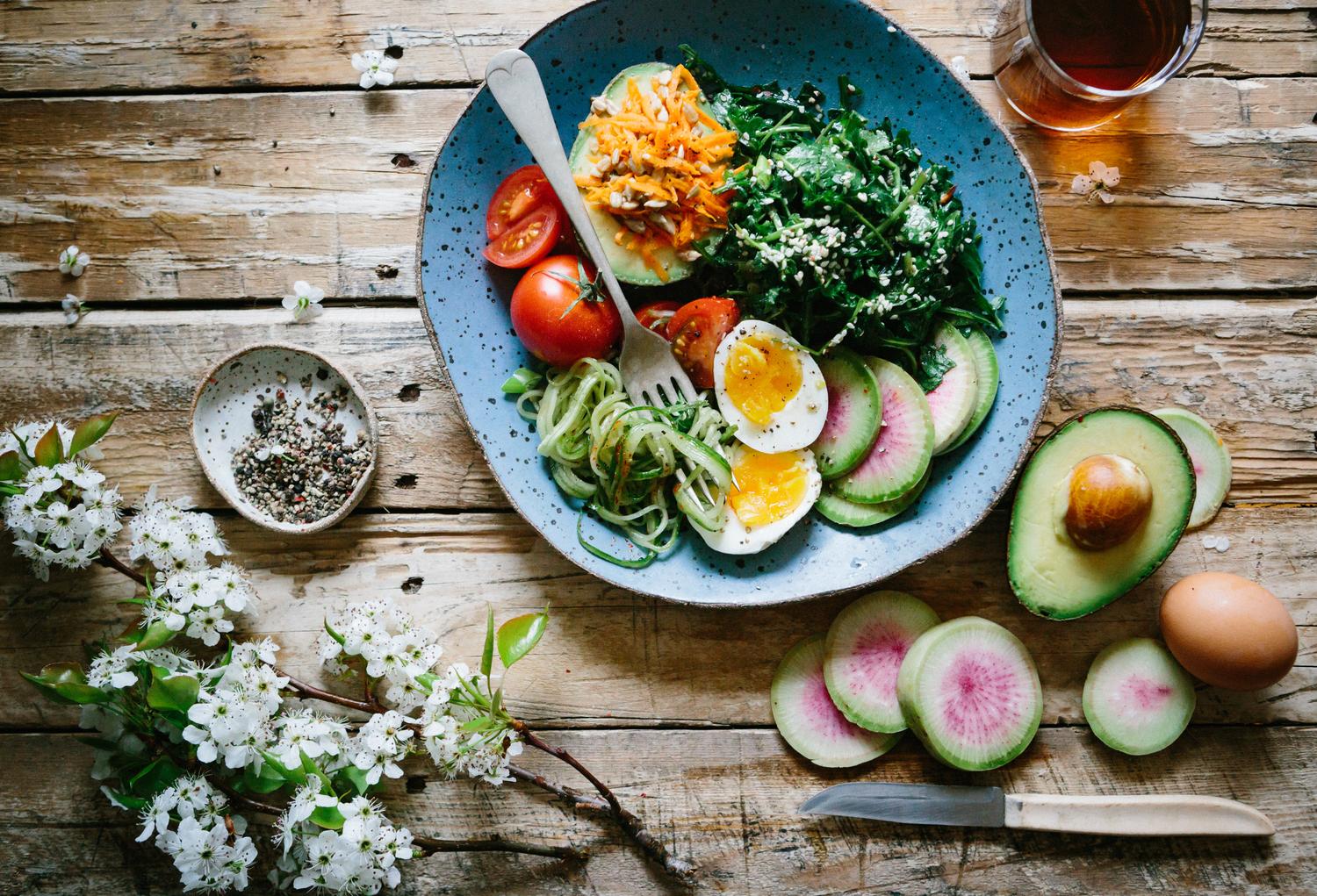20 DASH Diet Foods for High Blood Pressure
A guide to the DASH diet + 20 foods that lower blood pressure
The DASH diet—also known as dietary approaches to stop hypertension—is an eating plan designed to help lower blood pressure. Eating a heart-healthy diet also helps lower cholesterol and reduce your risk of heart disease, heart attacks, and stroke.
This article will detail 20 of the best DASH diet-friendly foods to eat to lower high blood pressure.
What is the DASH diet?
The DASH diet is a simple and sustainable way to eat for heart health, made up of a wide range of foods. It’s not a crash diet that involves long periods of fasting or taking supplements you’ve never heard of. It focuses on nutrient-dense foods that reduce your risk of high blood pressure.
The National Heart, Lung, and Blood Institute recommends the DASH diet to help lower blood pressure and cholesterol levels.
The DASH eating plan has been shown to lower systolic blood pressure by 6-11 mmHg, an effect similar to that of many blood pressure medications. The DASH diet is even more effective when used with a reduced salt intake and lifestyle changes like increased physical activity.
The 20 best foods for high blood pressure
The DASH diet includes a wide variety of delicious foods that also protect your health. It largely focuses on vegetables, fruits, whole grains, healthy fats, and lean proteins. Any DASH diet food will provide vital nutrients that help lower your blood pressure. However, these 20 foods have been singled out because they are especially full of the nutrients (like vitamins, minerals, fiber, and protein) that help lower blood pressure.
These are 20 of the best foods for high blood pressure:
Leafy greens: Leafy veggies like spinach, kale, and Swiss chard are high in potassium, which helps your kidneys release sodium through urine. They are also packed with vitamins and fiber, which helps reduce blood pressure.
Broccoli: Broccoli is a great source of antioxidants, which reduce inflammation in the body and prevent cell damage. Broccoli is also rich in calcium, potassium, and magnesium, all of which help manage blood pressure.
Berries: Berries, particularly blueberries, are rich in flavonoids: a natural compound that helps lower blood pressure.
Whole grains: Whole grains like quinoa, brown rice, and barley are packed with fiber and protein. Both fiber and protein fill you up, helping you eat fewer empty calories (calories with little nutritional content). Fiber also helps manage your blood sugar, too much of which can lead to increased blood pressure. It also binds to particles in your digestive tract, helping clear out your digestive system and getting rid of excess LDL (bad) cholesterol (which also increases your risk of high blood pressure).
Legumes: Legumes like chickpeas, beans, peanuts, and lentils are also full of protein and fiber. The American Heart Association recommends swapping red meat with legumes to also help lower LDL cholesterol.
Nuts and seeds: Foods like pistachios, pumpkin seeds, and flaxseeds are rich in unsaturated fats, magnesium, and potassium.
Low-fat or fat-free dairy: Low-fat dairy products like skim milk, low-fat cheese, and certain yogurts are full of filling protein and calcium. Calcium helps blood vessels widen and tighten when they need to, which can help reduce blood pressure.
Salmon and fatty fish: Fatty fish like salmon, sardines, and anchovies are also a pillar of the heart-healthy Mediterranean diet. They are lean sources of protein and are also a great source of omega-3 fatty acids. Omega-3 fatty acids can decrease blood pressure, reduce inflammation, and lower triglycerides (a certain type of fat that can clog your blood vessels).
Olive oil: Olive oil is a great substitute for vegetable oils (which are high in saturated fats), olive oil contains polyphenols, which are inflammation-fighting compounds that can help lower blood pressure.
Garlic: Garlic can boost nitric oxide levels, which helps relax blood vessels and lower blood pressure.
Beets: Beets—the source of many poop-related moments of panic—are rich in nitrates. Nitrates are vasodilators, meaning that they widen blood vessels, allowing blood to flow more freely to and from the heart. Over time, increased blood flow lowers blood pressure (like a jammed two-lane highway turning into a five-lane pleasure cruise).
Bananas: Bananas are one of nature’s best sources of potassium, which helps balance sodium levels in your blood.
Pomegranates: Pomegranates are also rich in potassium and other vital nutrients that keep blood pressure in check.
Kiwis: Kiwis are a potent source of vitamin C, an antioxidant that has been shown to reduce blood pressure. Kiwis also contain magnesium and potassium, which contribute to this fruit's heart-healthy effects.
Avocados: Guacamole lovers rejoice! Avocados are full of fiber, monounsaturated fat (which reduces bad cholesterol in the blood), and potassium, all of which lower blood pressure and improve heart health.
Sweet potatoes: Sweet potatoes are rich in potassium and magnesium, a crucial mineral that relaxes blood vessels.
Carrots: Another great orange food, carrots are a good source of potassium.
Tomatoes: Tomatoes are rich in potassium and the antioxidant lycopene, which has been linked to reductions in blood pressure.
Citrus fruits: Citrus fruits like oranges, lemons, and grapefruit are a good source of flavonoids, calcium, magnesium, and potassium. If you are taking prescription medications, talk to your doctor before incorporating citrus (especially grapefruit) into your diet, as these fruits can alter their effects.
Dark chocolate: A meta-analysis of several trials found that the flavonoids in dark chocolate have been linked to lowered blood pressure. Keep in mind that dark chocolate is often sweetened with sugar and mixed with other ingredients. Look for dark chocolate products that contain 60-85% cacao and check the food label to see if it is free of added sugars.
These are just a few of the many foods you can eat on the DASH diet. You can also incorporate:
- Lean meats (like skinless chicken or 90% lean turkey)
- Eggs
- Watermelon
- Herbs (especially basil, thyme, parsley, cinnamon, ginger, and cardamom)
Remember that all foods are best consumed in moderation. Be mindful of the serving size of any food you eat, as you can have too much of a good thing. Talk with your healthcare provider or a dietitian about how to incorporate these foods into a balanced diet.
Foods to avoid on a DASH diet
As a part of this balanced diet, there are several foods you should avoid or at least limit in your diet.
These foods include:
- Fatty meats
- Full-fat dairy products
- Fried food
- Fast food
- Sweets
- Salty foods
- Full-fat or processed salad dressings
- Sugary beverages (like soda, certain cocktail mixers, fruit juice with added sugar, and sports drinks)
- Alcoholic beverages
Luckily many of these foods can be swapped with heart-healthy alternatives. Ground turkey, for instance, can take the place of fatty ground beef for burgers. Similarly, you can eat some dark chocolate to satisfy your sweet tooth or reach for a handful of unsalted (or lightly salted) nuts instead of cracking open a bag of chips.
Again, remember all the foods you can eat on the DASH diet instead of focusing on what you need to avoid. The main foods on the DASH diet are delicious and full of vitamins, minerals, and other substances that are great for your heart and overall wellness.
More ways to lower blood pressure
The DASH diet is great for your heart (as well as your blood sugar, brain, bones, and internal organs. It reduces your risk of cardiovascular disease and serious health problems like heart attacks and stroke.
However, healthy eating should be incorporated into a healthy lifestyle. Work the foods listed above into your diet along with these tips to further lower your blood pressure:
- Exercise regularly
- Get enough sleep
- Manage your stress
- Quit smoking
- Maintain a healthier weight
These healthy habits, along with a healthy diet, can dramatically reduce your risk of heart conditions, certain mental health conditions (like depression), and other health problems. These are long-term, sustainable practices you can start right away to improve your health and maintain your wellness.
How Sesame can help
If you are managing high blood pressure, book an online doctor appointment on Sesame to get quick and convenient care from a licensed healthcare provider. Sesame providers can offer medical advice about eating plans, exercise, and other ways to lower your blood pressure (and keep it down). If you need medication, providers on Sesame can write a prescription for you to pick up at your local pharmacy—usually within the same day.









